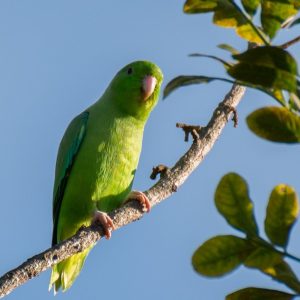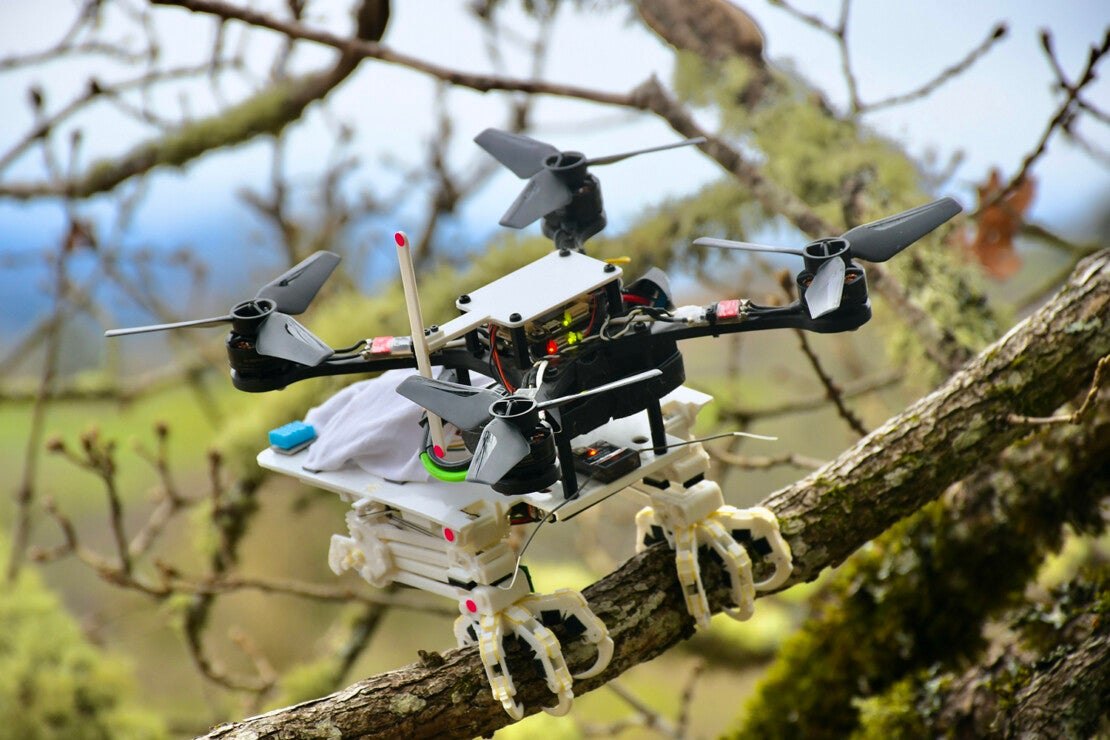
During our own childhoods, many of us only envisioned robots as plot material for Science Fiction novels. As the years progressed, the idea of a functional –and useful–robot of any kind slowly took hold, and science produced many variations of them. Now, robots are becoming commonplace, not only in marketplaces and in science-related fields but are also on paper as potential breakthrough realities that may change how we live. And so it is with awe that we have a robotic bird that can mimic the perch ability of a peregrine falcon.
Stanford University engineers ran two labs that studied several key interests. One was the study of animal-inspired robots headed by Mark Cutkosky, and the other, a study of a bird-inspired aerial robot headed by David Lintink. (Lintink is currently with the University of Groningen in the Netherlands, where he continues his research.) Both bodies of accumulated research were drawn from studies of birds to help create a robot that was able to perch using the same flight and land principles that birds use to land on surface variations. Yes, that’s an amazing emerging science for whatever applications that might be found for this practicality.
Parrotlets Nail the Landings

The researchers, headed by Stanford Ph.D. student, William Roderick, have used parrotlets for their flight and grasping studies. (William Roderick was a graduate student in both labs mentioned above.) Using video from five high-speed cameras, researchers were able to meticulously document birds’ instinct to land on a variety of surfaces. It was determined that the parrotlet used the exact same technique of landing and perching no matter what surface they chose to land on. Essentially, the studies concluded that the bird lets the feet adjust and immediately adapt to the various types of surface textures they perch on. Researchers have even used several configurations of feet with toes in front and back with the same results.
Each leg is independently motorized with two motors – one for moving and one for grasping. The muscles and tendons of a bird are replicated using fishing line. The algorithm programmed into the legs allows for stabilization of the unit once the robot has grasped its perch. Amazingly, the robot can grasp a thrown object and land unerringly. Of course, the science around these new sets of tests is heavily involved and would require more than this article to convey the successes it has chalked up.
Many things can be imagined for applications of a refined robot that flies. Suggestions include search and rescue missions, possible undisturbed wildlife and environmental explorations and observations, and furthering avian studies with rehabilitation possibilities. An active mind can come up with even more ideas and applications of a developing robot bird based on the flight of actual birds.
The robot was dubbed SNAG, an acronym for Stereotyped Nature-inspired Aerial Grasper. It is the hope of the researchers to be able to more ably investigate the natural world in a non-invasive manner of data accumulation. This will be especially true once these robotic birds become more sophisticated and highly accurate study tools.
You can watch a short video on this incredible creation. Further study can be done at the Science Robotics journal.

3 Comments